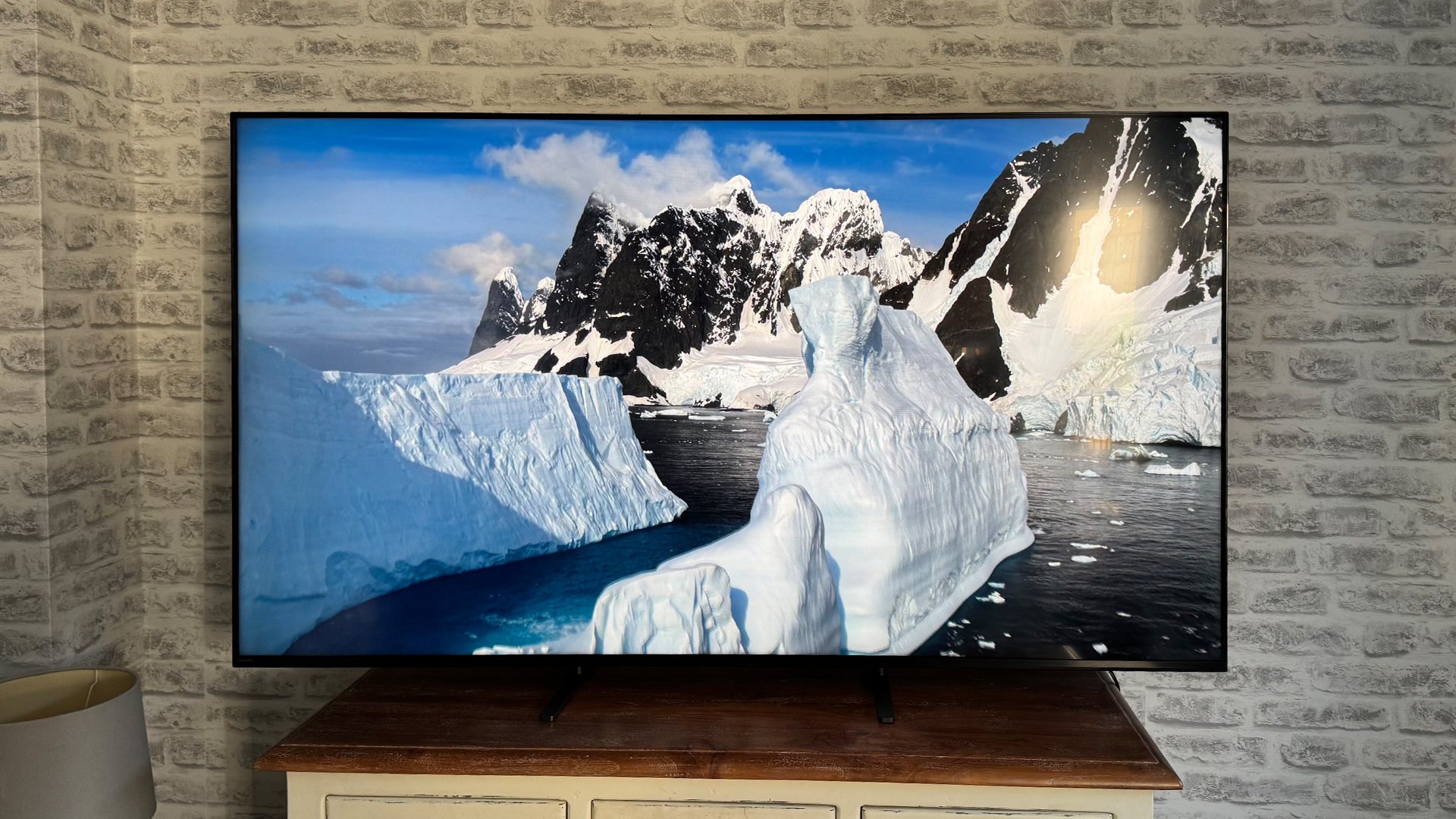HDMI: A little less talk, a little more conversation, please
Long ago and far away - mid-90s and the Consumer Electronics Show in Las Vegas, since you ask - there was much talk about the way a wire was going to change the consumer electronics world. One simple connector, whether it was called IEEE1394, FireWire or iLink (which all meant the same thing), was going to carry signal and data between all the consumer electronics devices in your home, make custom installation a breeze - just one wire, see? - and even mean the remote control systems of different brands would be unified.
No more D-Bus, C-Bus, CyrusLink, Meridian Comms Link, all that stuff - everything would talk to everything else, regardless of brand, everything would become plug and play, and life would be perfect forever.
The reality? It was summed up by one marketer for a major global manufacturer at that show: 'Yeah, sure - like we want someone who's bought our receiver to buy a player from one of our competitors, a TV from someone else - hell, we make all those things, so why throw away sales?'
It never happened.
Now, as the specification of HDMI grows ever more complex, going way beyond that glib '21st Century Scart' description used to sell it to consumers in the early days all of about two years ago, the opportunity arises again. Part of the specification is something called the Consumer Electronics control bus, and it exists on a single wire of all HDMI connections.
In theory, it allows all compatible devices to talk to each other, so that turning on your DVD player could fire up your TV and surround receiver, select the right inputs and so on. It could even do nifty stuff such as putting your whole system to sleep if the DVD your playing finishes, it's after a set time at night, and you don't press any more buttons. It guesses you've dozed off sometime around the fifth false ending of Lord of the Rings: Return of the King, and shuts the whole system down for you.
Very neat, and manufacturers are keen to tell you about what this innocent-looking HDMI wire can do when you hook up whole systems of their products.
The latest hi-fi, home cinema and tech news, reviews, buying advice and deals, direct to your inbox.
Sony extols the virtues of its Bravia Theatre Sync system, Panasonic its Viera Link, Pioneer HDMI Link, Samsung Anynet+ and so on. But they all stare intently at their shoes when you ask if it'll also work with mix and match systems built from a variety of products, as the CEC specification says is quite possible.
So will we be lucky this time and get a system offering true interbrand operability? Your guess is as good as ours, but perhaps where the CEC commands are carried might provide a hint. They're on wire 13.
Andrew has written about audio and video products for the past 20+ years, and been a consumer journalist for more than 30 years, starting his career on camera magazines. Andrew has contributed to titles including What Hi-Fi?, Gramophone, Jazzwise and Hi-Fi Critic, Hi-Fi News & Record Review and Hi-Fi Choice. I’ve also written for a number of non-specialist and overseas magazines.
